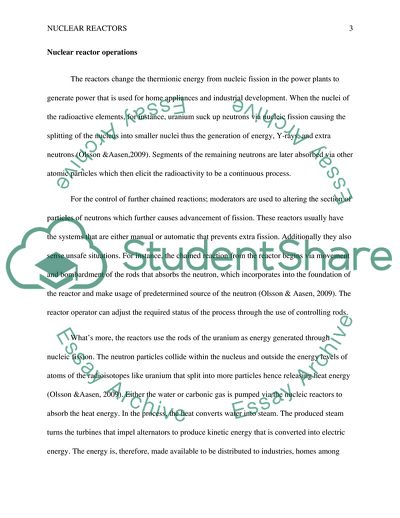Cite this document
(The Nuclear Reactors Report Example | Topics and Well Written Essays - 1500 words, n.d.)
The Nuclear Reactors Report Example | Topics and Well Written Essays - 1500 words. https://studentshare.org/physics/1873640-radation-protection
The Nuclear Reactors Report Example | Topics and Well Written Essays - 1500 words. https://studentshare.org/physics/1873640-radation-protection
(The Nuclear Reactors Report Example | Topics and Well Written Essays - 1500 Words)
The Nuclear Reactors Report Example | Topics and Well Written Essays - 1500 Words. https://studentshare.org/physics/1873640-radation-protection.
The Nuclear Reactors Report Example | Topics and Well Written Essays - 1500 Words. https://studentshare.org/physics/1873640-radation-protection.
“The Nuclear Reactors Report Example | Topics and Well Written Essays - 1500 Words”. https://studentshare.org/physics/1873640-radation-protection.


